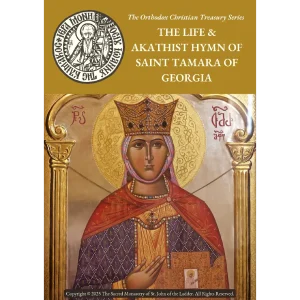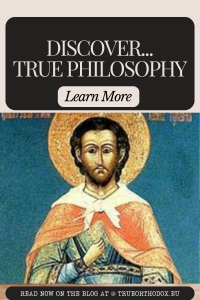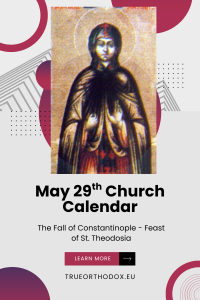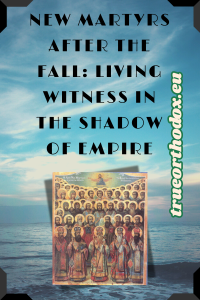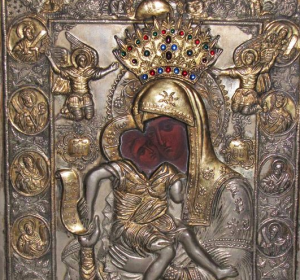St. Engratia – Feast day 16 April
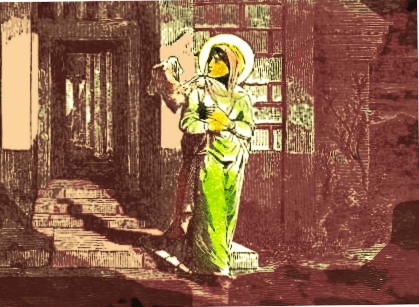
Saint Engratia (Portuguese: Santa Engrácia, Spanish: Santa Engracia) is venerated as a virgin martyr and saint. Tradition states that she was martyred with eighteen companions in 303 AD. She should not be confused with the 8th-century Spanish martyr of the same name. Saint Encratia was a nun who was tortured in Saragossa, Spain for her faith. Engratia survived and is considered a martyr because of extreme suffering.
Although their martyrdom is traditionally placed around 303 during the Diocletianic Persecution, more recently it is considered probable that they died during the persecution of Valerian (254-260).
Engratia was a native of Braga who had been promised in marriage to a nobleman of Roussillon. He sent as her escort to Gaul her uncle Lupercius (sometimes identified with the Luperculus who was a bishop of Eauze) and a suite of sixteen noblemen and a servant named Julie or Julia.
Upon reaching Zaragoza, they learned of the persecution of Christians there by the governor Dacian, who reigned in the time of the emperors Diocletian and Maximian. She attempted to dissuade him from his persecution but was whipped and imprisoned when it was discovered that she was a Christian. She died of her wounds. Her companions were decapitated.
Martyrs of Zaragoza
Many others, called the Martyrs of Zaragoza, were martyred at the same time. Also called the Countless Martyrs of Zaragoza,
It is said that Dacian, to detect and so make an end of all the faithful of Saragossa, ordered that liberty to practice their religion should be promised them on condition that they all went out of the city at a certain fixed time and by certain designated gates. As soon as they had thus gone forth, he ordered them to be put to the sword and their corpses burned. Their ashes were mixed with those of criminals, so that no veneration might be paid them. But a shower of rain fell and washed the ashes apart, forming those of the martyrs into certain white masses. These, known as the “holy masses” (las santas masas) were deposited in the crypt of the church dedicated to St. Engratia, where they are still preserved.
Their number includes, besides Engratia, Lupercius and Julia:
- Caius and Crescentius, confessors rather than martyrs: they were imprisoned and tortured, but did not succumb to their treatment.
- Successus, Martial, Urban, Quintilian, Publius, Fronto, Felix, Cecilian, Evodius, Primitivus, Apodemius, and
- four men all sharing the name Saturninus.[5] who, according to St. Eugenius II of Toledo would be Jenaro, Casiano, Matutino and Fausto.
- Januarius
Prudentius, a native of Zaragoza, wrote a hymn in honor of these martyrs, and lists their names, and describes the terrible tortures suffered by Encratis (Engratia). An important cult arose around these saints. Engratia was certainly the most venerated of the group, and her cult was diffused throughout Spain and the Pyrenees. Engracia was declared patroness of the city of Saragossa in 1480.
During a synod held at Zaragoza in 592, the church dedicated to her there was reconsecrated, an act celebrated on November 3, which sometimes served as an alternate feast day.[5]

